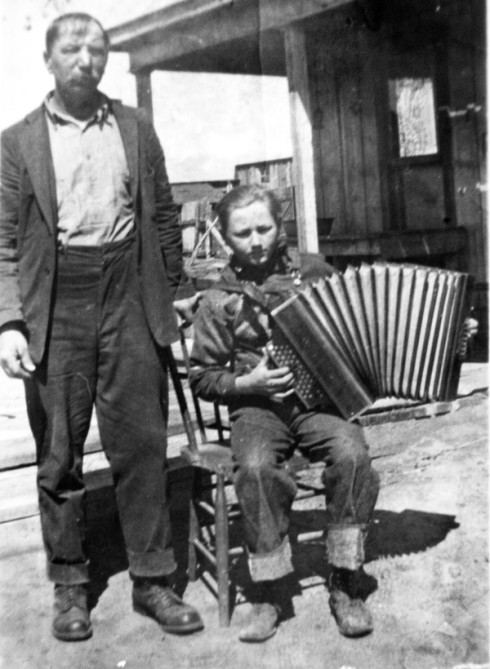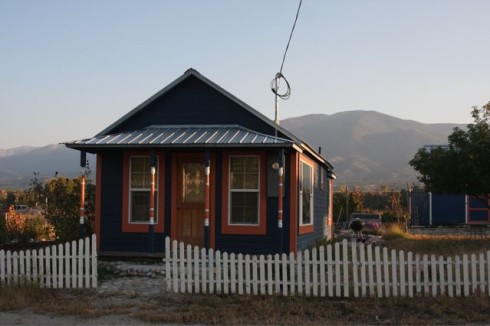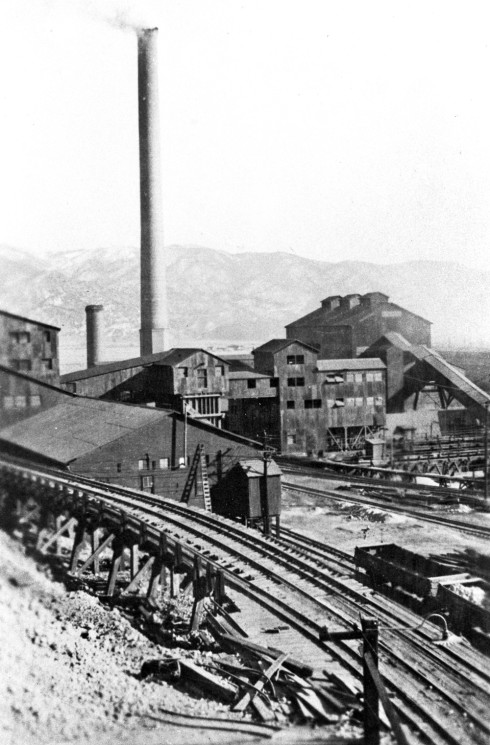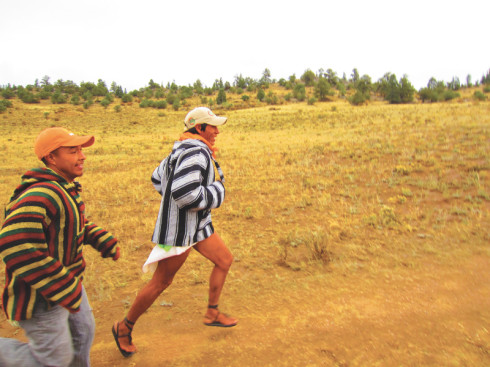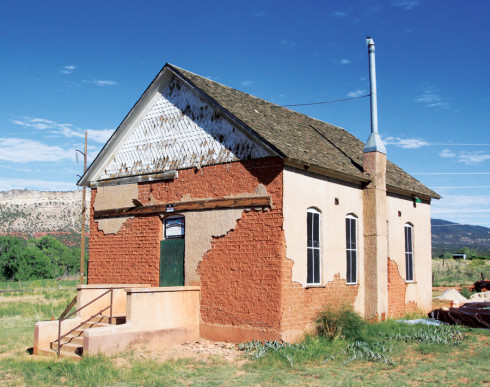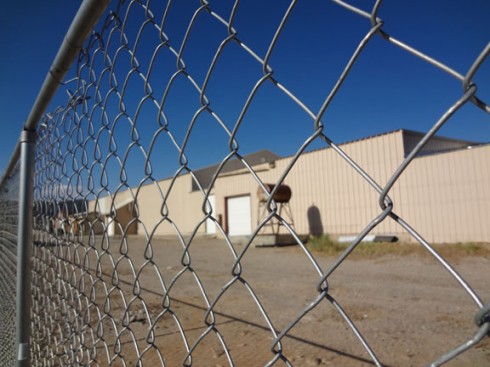by Forrest Whitman
Ed Quillen Catches the Westbound
Back in my brakeman days we’d say: “He caught the westbound.” That feels right for Ed, because he was a rail guy. Of course he was many other things which will be written about in this issue of Colorado Central. We’ll remember him especially as a loving, humorous and involved husband and father. He will be remembered as the crucial publicist for The Colorado Trail, as a great Colorado historian, a progressive columnist, founder of this very magazine, curmudgeon (never really true), definer of Colorado’s red zones as “stupid zones,” and above all really funny writer. But, I’ll remember him as a rail guy.


